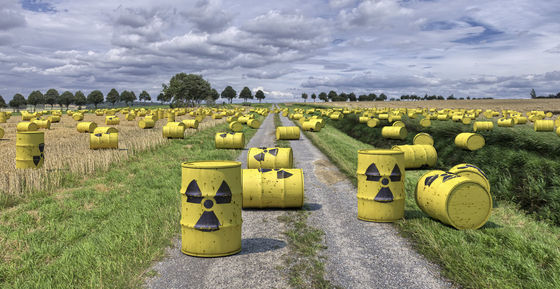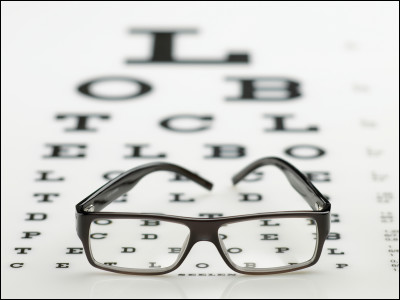'Everyone is a radioactive substance' and experts, what is the inseparable relationship between life and radiation?

Radiation is invisible, and internal exposure can damage the human body if radioactive substances are taken into the body. Regarding such radiation, medical and engineering experts point out that 'most radioactive substances are widespread in nature, and life on earth cannot exist without radiation,' and there is a strong image that it is harmful to living things. I explained the relationship between radiation and life.
We're all radioactive – so let's stop being afraid of it
According to Professor Bill Lee, who studies nuclear and materials engineering at Bangor University in northern Wales, and Professor Jerry Thomas, a molecular pathologist at Imperial College London School of Medicine, humans receive low doses of radiation. Since it is possible to live even if it is exposed to it, there is no harm unless it is exposed to a relatively high dose of radiation. Regarding the relationship between radiation dose and health effects, Professor Lee et al. 'Similar to taking one tablet of painkillers to cure headaches, but taking one box at a time can be fatal.' Did.

Some people may think of radioactive materials as man-made objects created by science, but most of the radioactive materials that exist in nature are naturally born from the Big Bang where the universe was born and the activities of the universe after that. Is most of the time. Some of these radioactive substances have a very long
'Primordial radionuclides' that have existed in the crust since the birth of the earth are still widely distributed in rocks, ores, and soil, and the decay heat generated by these decays is the mantle inside the earth. Is melting. And the strong magnetic field generated by the convection of this mantle acts as a barrier that protects life on the earth from deadly cosmic rays. So, Professor Lee and his colleagues said, 'If there were no radioactive materials on Earth, the Earth's core would have been a cold mass of iron, a dead star with no life on Earth.'
The presence of radioactive material in the soil means that the crops harvested in the fields also contain radioactive material. Specifically, bananas, beans, carrots, potatoes, peanuts, Brazil nuts , etc. correspond to foodstuffs with a relatively large amount of radioactive substances. For example, beer contains only one-tenth the amount of radioactive potassium in carrot juice.
Most of the radioactive substances in food, such as potassium, are quickly excreted from the body, but some remain in the body for a period of time. In the meantime, radioactive potassium continues to emit radiation, so in a sense it can be said that any human being is made of radioactive material, Professor Lee and his colleagues said.

Since the discovery of naturally occurring radioactive material by French physicist Antoine Henri in 1896 and the creation of artificial radioactive material by Pierre Curie and Marie Curie in the 1930s, radioactive material has been science, industry and industry. It is useful in a wide range of fields such as agriculture and medicine.
For example, in the medical field, radiation therapy is performed to cure cancer by irradiating the tumor with radiation generated from radioactive substances, and for cancer that utilizes the property that radioactive iodine accumulates in the thyroid gland and radium accumulates in the bone. It is said that radioactive substances such as diagnosis are useful as ' nuclear medicine ' in both diagnosis and treatment of cancer.
In this way, despite the fact that radiation and radioactive substances are familiar to us, concerns about them are often overestimated. Professor Lee et al. For example, Germany, which regards nuclear energy as dangerous, is supplying about a quarter of its electricity with coal and is moving toward the closure of the remaining nuclear power plants in the country. On the other hand, nuclear reactors do not generate carbon dioxide, unlike power generation with coal, gas, and oil, and modern nuclear power plants have a minimum amount of radioactive waste. ' He argued that a reassessment of nuclear energy is essential for discussions on climate change.
Related Posts:
in Science, Posted by log1l_ks







